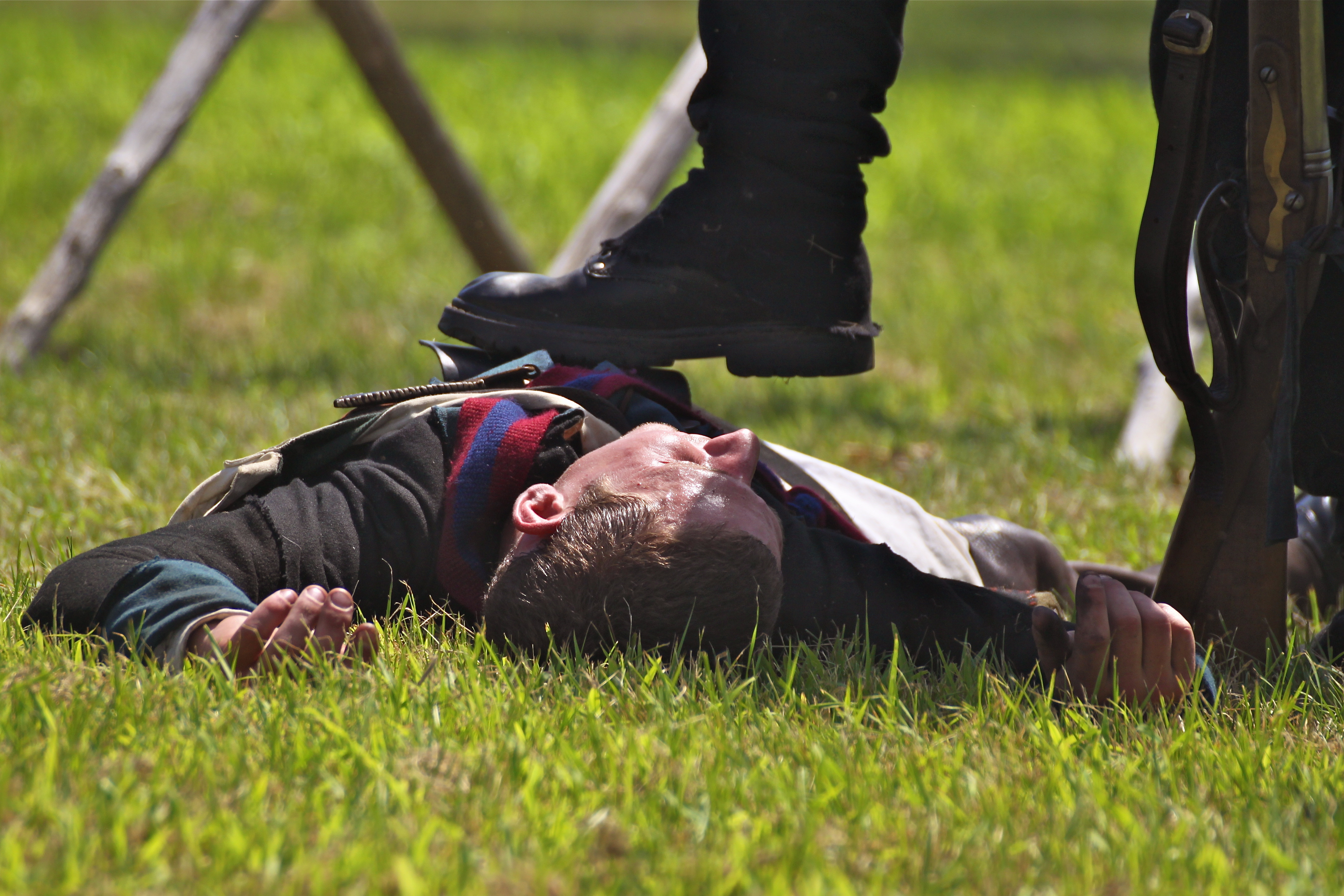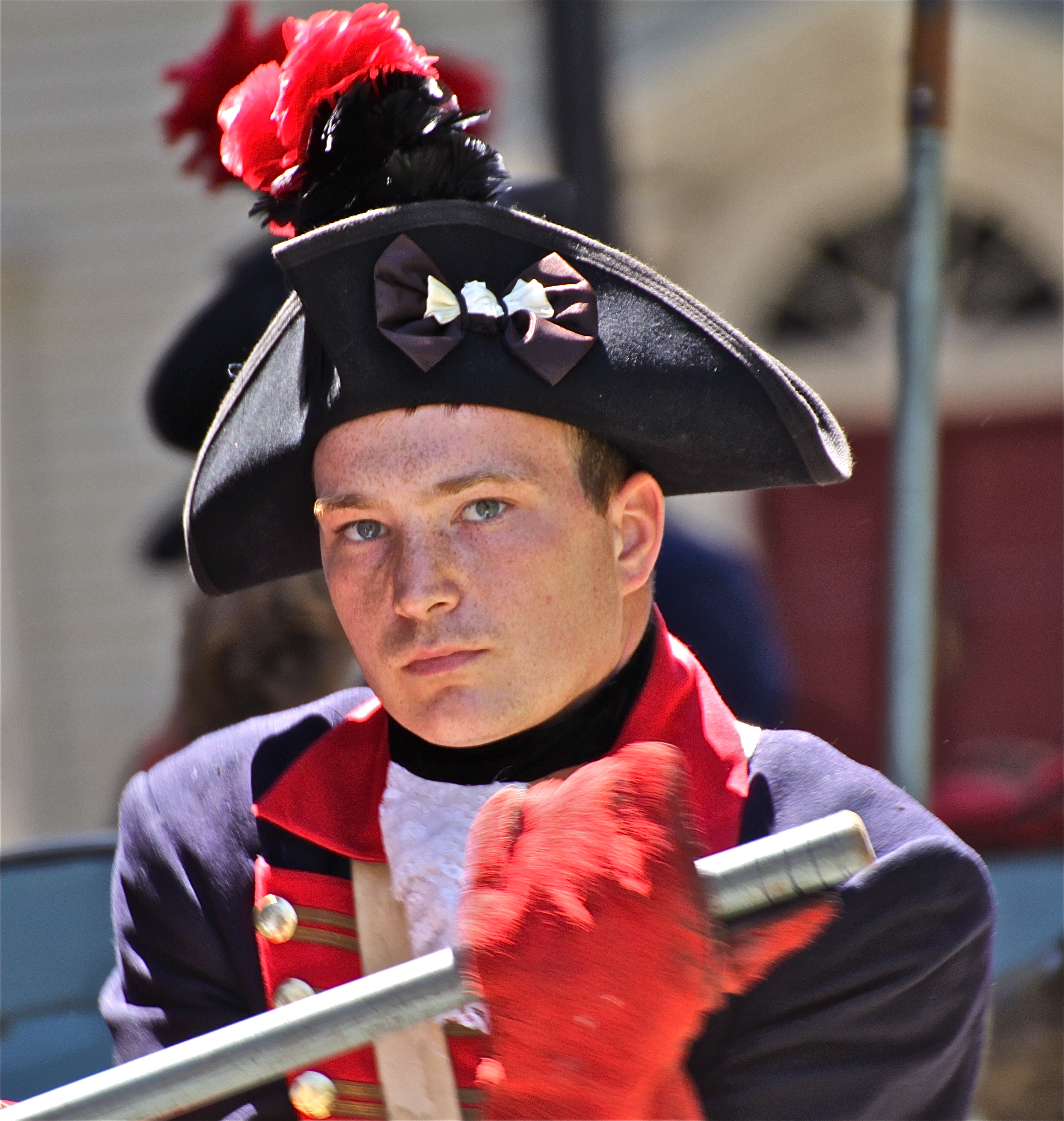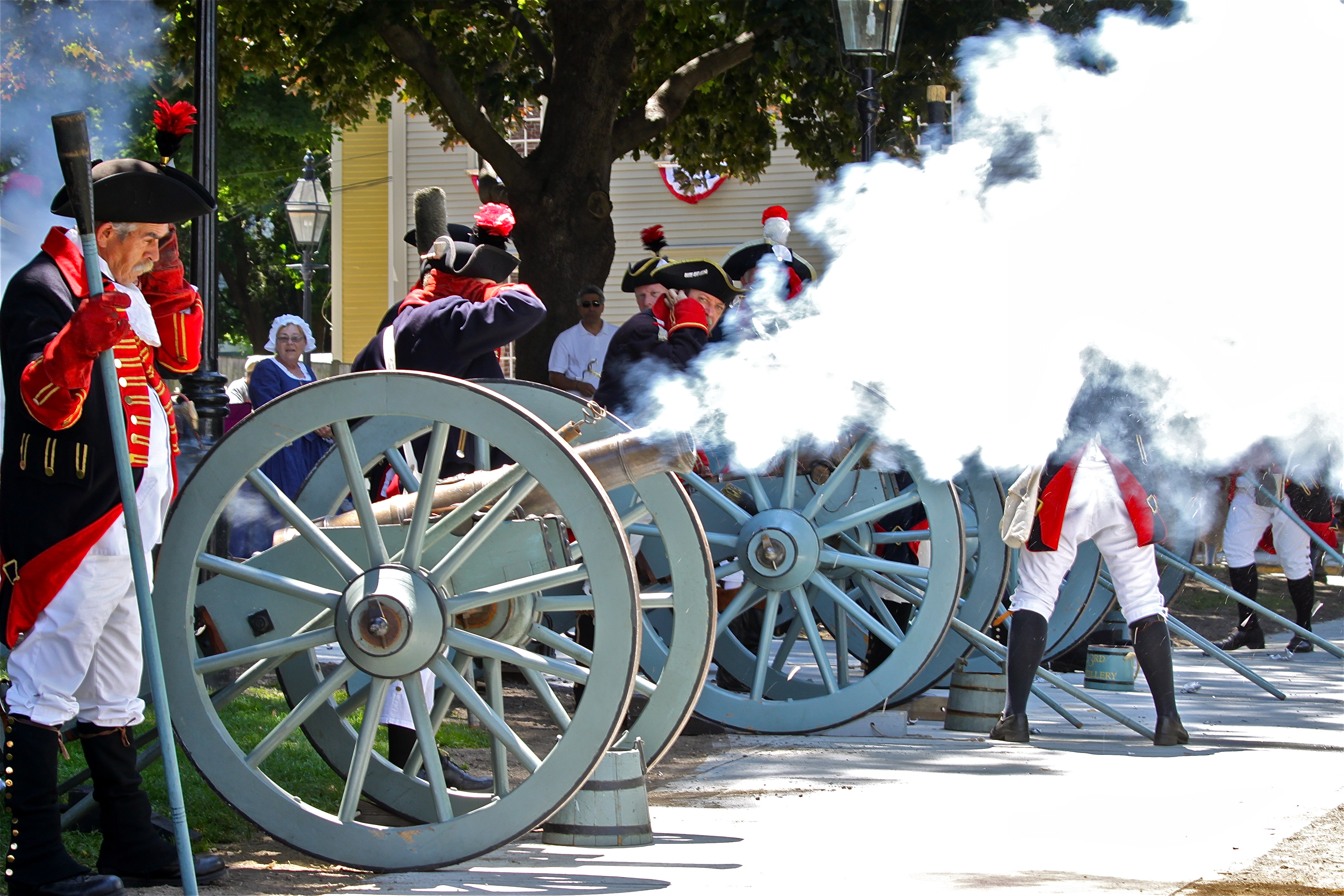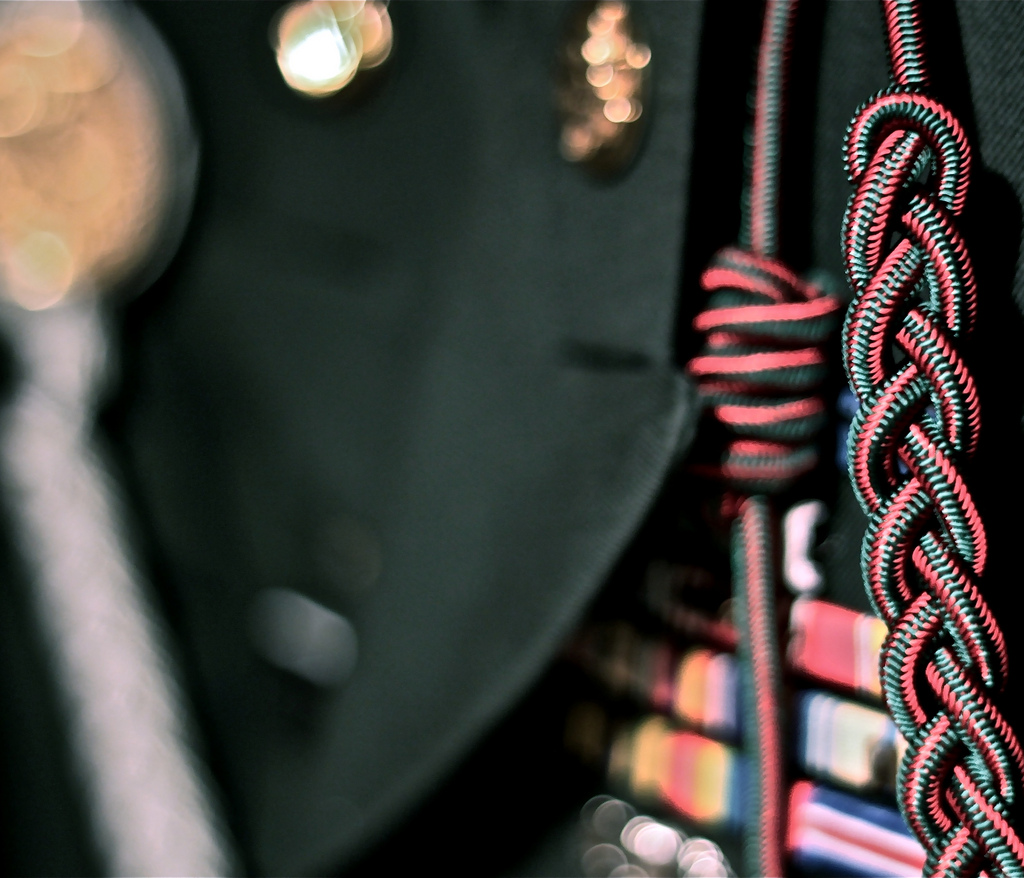This past weekend I had an enjoyable experience in Ogdensburg, upstate NY at their annual Founder’s Day commemoration of the region’s French colonial history. They held a re-enactment of the French-Indian War, bringing the mid-18th century to life for a couple of days.
One of the events I attended there was a lecture on “18th Century Medicine”, which was enjoyable, not just because of its fascinating content, but because the lecturer was one of the re-enactors, complete with accompanying props, including an amputation saw…….
Things have certainly changed in medicine over the past few centuries. Back then, only men trained as doctors.
Men who trained to be doctors would typically use one of two routes:
- 7 year apprenticeship
- 4 years university training combined with a 4 year apprenticeship
And these doctors came in one of 3 flavors:
- Apothecaries would typically be responsible for selling medicines, as well as importing other sundries, such as cosmetics, metallics, and even coffee – basically anything that could be sold in a pretty, little jar! They were the professionals who would take advice from the physician or surgeon as to what the patient needed.
- Surgeons could be found on the battlefield, on naval vessels, or in shops in town. Most surgeries at that time typically dealt with the limbs, predominantly by way of amputation – although others involved simple sutures, bullet extractions, removal of kidney stones, ophthalmology, dentistry, and rarely, caesarian section if called upon by midwives. Amputation around that time had a success rate of 25-40%, and infection represented the primary cause of death following this or any other surgery – especially so because antibiotics were not yet available, so there was no means of preventing infection in patients. So if you happened to be the first surgical patient of the day, you definitely had a better chance of survival than the 25th patient of the day who was being operated on with the same instruments that probably hadn’t been cleaned since being first used that morning. Anesthetics also had not yet been developed, but at this time, surgical patients would be given a combination of opium and some kind of alcohol (usually rum, brandy, or wine).
- Physicians would listen to a patient’s symptoms – they were the observers. So, as professionals, they represented the group that did the least, procedure-wise. Typically they’d be sending patients to either the apothecary or surgeon, based on their symptoms.
Women’s Work:
The role of women in the medical profession seemed to be mostly limited to midwifery and nursing. Although some complications of childbirth might be dealt with by a surgeon or physician, midwifery was typically the job of women.
Interestingly, nursing in the 18th century was considered the “lowest of the low” professions. Nurses tended to be prostitutes or criminals, and instead of healing their patients, they’d usually be found stealing their money, or providing “special comforts” to gentlemen patients…….a far cry from the pivotal role of nurses in medicine today!
So yes, thankfully medicine has changed dramatically over the centuries!

![fig temp 6col 2 across [Converted]](https://www.parrymedicalwriting.com/wp-content/uploads/2011/07/bronchio.jpeg)




Follow Me!